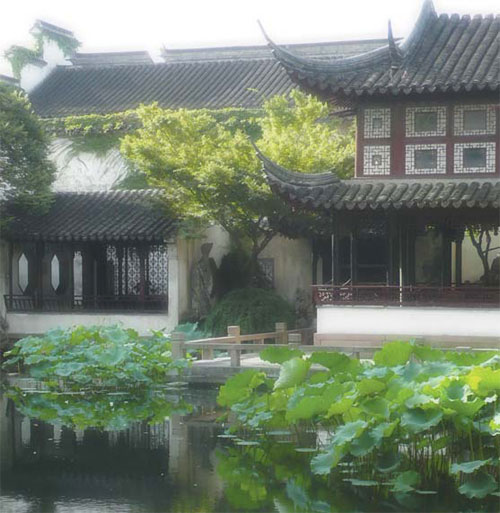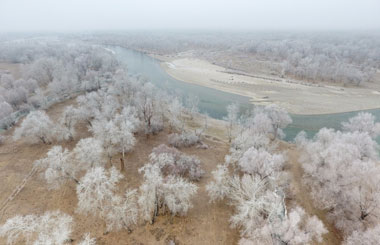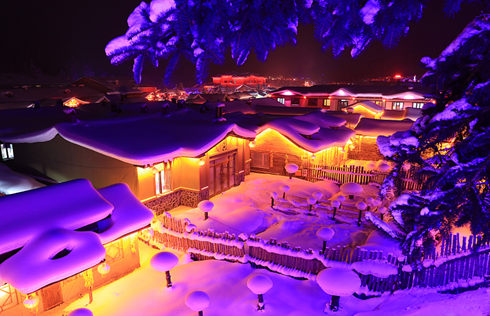Classical gardens adorn the city
|
Lingering Garden |
Lingering Garden
Built in 1593, Lingering Garden was the residence of Xu Taishi, a high-ranking official during the Ming Dynasty who was impeached but later exonerated.
In 1794, ownership of the estate passed to Liu Shu, an official during Emperor Qianlong's reign in the Qing Dynasty. After extensive renovation, he renamed the estate Cold Green Village.
In 1873, the garden was bought by retired Qing Dynasty official Sheng Kang and was renamed Liu Yuan - or Lingering Garden.
Sheng Kang's son Sheng Xuanhuai, a senior official in the ministry of industry during the late Qing Dynasty who was honored by later generations as the "father of China's modern industries", inherited the garden. During his ownership, the garden became the best known of all Suzhou's gardens.
In 1957, Lingering Garden was opened to the public. In 1964, it was listed by the State Council as one of China's four most famous classical gardens. In 1997, it was included on UNESCO's World Heritage Sites list.
The two-hectare garden is divided into three distinctly themed sections.
The central area is the oldest part of the garden, featuring the primary elements of any Chinese garden - hills and brooks. The eastern section mainly features buildings and other structures. A long corridor connects the two sections.
Mimicking natural and wild landscapes, the northwestern section is the quietest area of the garden.















